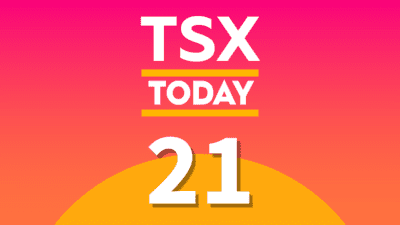Not every investor needs to focus on maximizing their gains. Some have a lower risk tolerance, a shorter investment horizon, or smaller goals to invest toward. For these investors, ensuring safety of principal and preservation of capital is the dominant concern.
Investors in these categories include those on the verge of retirement, those already living off retirement income, or those with a short-term liquidity need (such as a down payment). Whatever the case may be, taking risks in the stock market might not be the best move.
Our best friends here are fixed income assets, which are less risky and volatile than stocks. Overall, they don’t fluctuate as much, and when they drop, the loss is relatively minor. However, the fixed income universe is huge. There are bonds, money market instruments, GICs, etc. So which do we choose?
Why do we want bonds?
An allocation to fixed income assets like bonds does two things in a portfolio – it lowers volatility and reduces drawdowns. Your portfolio value will fluctuate less, and the peak-to-trough losses it incurs during a crash will be lower than a 100% stock portfolio.
Most bonds (especially government ones like U.S. Treasuries) are uncorrelated with stocks. To put it simply, when stocks fall, these types bonds tend to rise, making them an excellent hedge during market turmoil. This is called the “flight to quality,” caused by investors panic-selling stocks and buying bonds en masse.
What types of bonds do we want?
When it comes to a bond allocation in a low-risk portfolio, our goal should be mitigating risk. While the bonds may have mitigated the volatility of the stock allocation, they have their own unique risk profile.
First up is default risk, the possibility that the party issuing the bond won’t pay back the coupon or principal because they’re broke. With U.S. Treasury or Canadian federal government bonds, default risk is not a concern. They always pay their debts on time, and thus are regarded as more or less risk-free.
With corporate bonds, things get a bit more iffy. If the company goes bankrupt (as many tend to do during a stock market crash and recession), the bonds they issue become worthless. That is why corporate bonds tend to lose value during a market crisis, albeit not as much as stocks do. They do make up for the risk with a higher yield.
The other risk is interest rate risk. Bond prices are inversely related to interest rates. When rates go up (like recently), bond prices fall, and their yield increases. However, not all bonds are affected by interest changes equally. A concept called bond convexity makes long-term bonds more sensitive.
The sensitivity of the bond price to interest movements is measured by its duration. A bond with a duration of 5.0 would have its price fall about 5% if interest rates rose 1%, and vice versa if rates fell. The trade-off here is that while longer duration bonds act as a better “counterweight” to stocks, they are more vulnerable to interest rate changes.
Which bond ETFs fit this criteria?
For younger investors looking for more return at the cost of higher risk, long-term government bonds are best. Interest rate risk is not a concern over long periods of time, and the higher volatility and negative correlation of the long bonds will significantly boost the portfolio’s risk-adjusted returns.
For older investors looking for lower volatility and immunization from interest rate risk, the following bond exchange-traded funds (ETFs) might be the most appropriate. You can mix-and-match them to find the optimal blend of interest rate sensitivity, yield, and default risk that suits your needs:
- Vanguard Canadian Short-Term Corporate Bond Index ETF (TSX:VSC). Average duration of 2.8 years. Low interest rate risk, but might lose more value during a crash. Higher yield to make up for it.
- Vanguard Short-Term Treasury ETF (NYSE:VGSH). Average duration of 1.9 years. Lower interest rate risk and may gain slightly in value during a crash. Lower yield compared to corporate bonds.
- iShares Premium Money Market ETF (TSX:CMR). Average duration of 0.19 years. Lowest interest rate risk with virtually no chance of loss in value during a crash. Very low yield that may not beat inflation.










